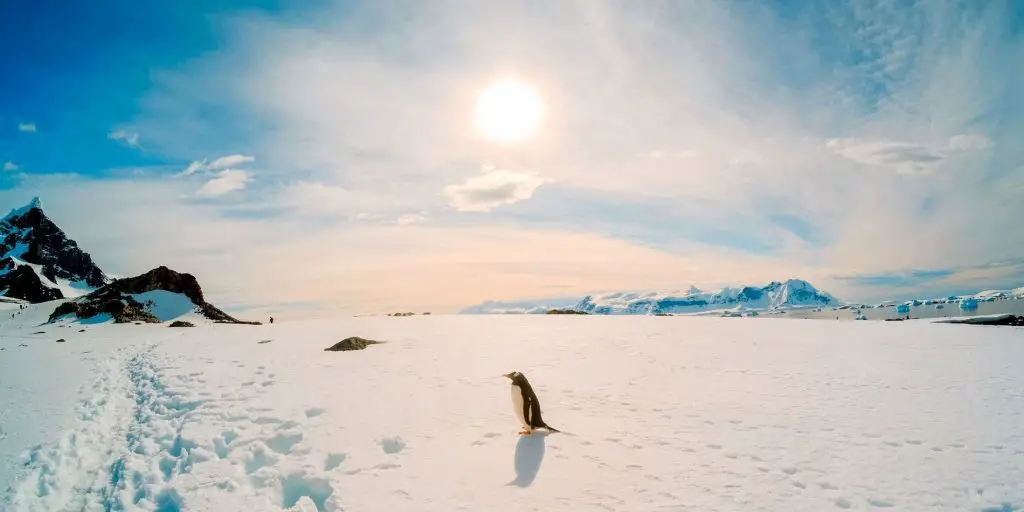The currents hot that cross the Underwater canyons of Antarctica are contributing to the ice melting. A recent research published in Nature Communications, coordinated by the Institute National Oceanography and of Experimental Geophysics (Ogs), has revealed how these geological structures are crossed by the currents that transport the heat of the oceans towards the continent’s ice. This study involved British, American and Australian universities.
“There penetration of relatively warm waters on the continental shelf poses a significant threat to the Antarctic ice sheet,” he says Federica Dondamarine geologist at OGS and first author of the article. “Understanding the extent and persistence of this phenomenon is fundamental to studying the possible responses of the ice sheet to global warming.”
The imprints of currents in the sediments
The passage of hot water of the current called Circumpolar Deep Water through the canyons has left traces in the sediments of the Antarctic Totten and Ninnis glaciers. These glaciers are located at the mouth of the two main subglacial basins of East Antarctica: the Aurora-Sabrina and the Wilkes.
The observed sediments indicate the presence of domes of a width equal to thousands of meters and variable thickness from 40 to 80 metersThe characteristics of these domes suggest that they were formed by bottom currents headed towards the continental shelf.
Donda adds that oceanographic data acquired in one of the canyons off the coast of Totten Glacier recorded currents close to the sea floor, at a depth of about 3,500 meters, with a speed of about 10 centimeters per second.

The role of ocean gyres
These currents are part of a ocean circulation characterized by large systems of vortices that rotate clockwise. These vortices carry various masses of water, including the warm waters of the Circumpolar Deep WaterThe southward-directed component of the vortices is conveyed by the canyons, whose relief can locally exceed the 700 metersThese canyons therefore function as preferential routes for the transfer of water masses towards the continent.
The thickness of the sedimentary bodies found in the canyons suggests that the ocean heat transfer has happened for at least a million years. This indicates a persistence of the phenomenon over time and underlines the importance of these studies for understanding the future evolution of the ice sheet.
Donda concludes: “The our discoveries offer a new prospect on the dynamics of ocean currents and their long-term impact on Antarctic glaciers.”
This research highlight the need to carefully monitor ocean currents and their impact on Antarctic ice. With global warming on the rise, understanding these mechanisms becomes crucial for foresee future climate changes and their impact on a global scale.
The intrusion of warm waters and their effect on the melting of Antarctic ice could have significant consequences not only for Antarcticabut for All the planet. The loss Of ice Antarctic contributes to the increase sea level, affecting coastlines around the world.
Furthermore, changes in ocean circulation can have knock-on effects on marine ecosystems and the global climateThis study represents a step important towards a more complete understanding of these complex natural processes.
Do you think it is possible to mitigate the effects of global warming on Antarctica? Share your ideas in the comments!
#Antarctica #Traces #Warm #Currents #Underwater #Canyons